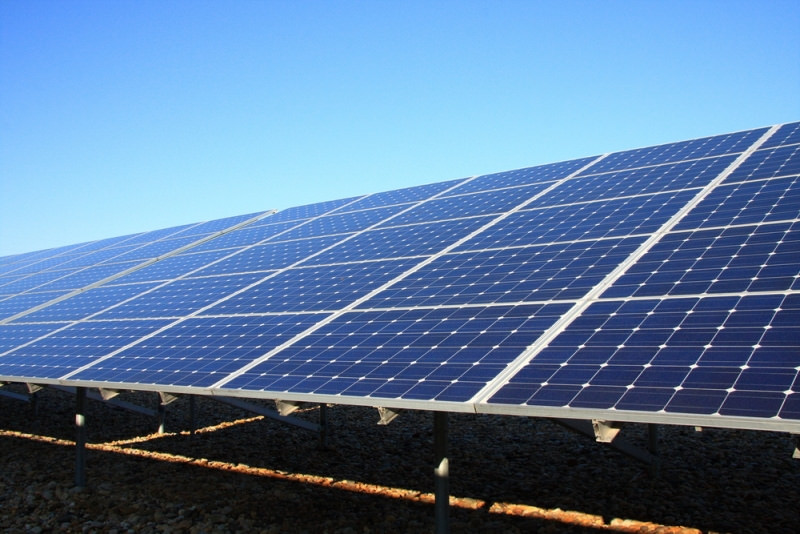Although solar PV tariffs have risen slightly in Gujarat’s latest auction, the aggressively low bids seen in the wind and solar auctions in 2017 now seem unsustainable.
The threat of solar import tariffs, and disputes between developers and distribution companies are raising investor concerns, states Ernst and Young’s (EY’s) latest Renewable Energy Country Attractiveness Index (RECAI) report, thus explaining India’s fall in the index. The country is considering 70% tariffs on imported solar panels, which threatens its 100 GW 2022 solar power target.
In the recently released index, the U.S. has displaced India to claim the second position in country attractiveness for solar PV investments. India has slipped to fourth place, next to Germany.
Interestingly, an IHS Markit report recently forecast that India would usurp the U.S. to become the second biggest market in 2018 on the back of developers looking to secure solar PV modules before tariffs are introduced. Josefin Berg, an analyst at IHS Markit told pv magazine at the time that they expect to see 11 GW installed in India this year, while the U.S. will install 10 GW.
However, the tepid response of developers to bidding is hampering new solar PV capacity additions in India. While state governments look to procure solar power at the lowest cost, project developers fear an increase in production costs, due to possible safeguard and import duties on solar panels.
“Developers and investors have become risk averse and they are showing reluctance to participate in auctions, leading to reduced competition,” Karunesh Chaturvedi, corporate affairs head at Vikram Solar, a domestic module maker, was quoted as saying by India’s Financial Express.
Recently, Maharashtra had to postpone auctions for 1 GW (announced in December 2017) four times, due to a poor response from developers. The state, which had capped the tariff at Rs 3/unit, received only two bids for a little more than half of the capacity offered.
Similarly, Karnataka’s invitation for 1.2 GW at the Pavagada solar park received tenders for just 550 MW. The Gujarat government has also cancelled a 500 MW solar auction held in March, as it found the tariff quoted by developers to be on the high side.
This content is protected by copyright and may not be reused. If you want to cooperate with us and would like to reuse some of our content, please contact: editors@pv-magazine.com.









Despite reforms, processes and bureaucratic procedure in India is lengthy and cumbersome. Decision making time is sometimes very high. Policy changes that have adverse impact in costing and time drive the developers to the brink and slows down projects.
Once delay creeps in a task, recovery process is highly impractical Risks during construction are very high.
These are but a few of the major points for drop in ratings.